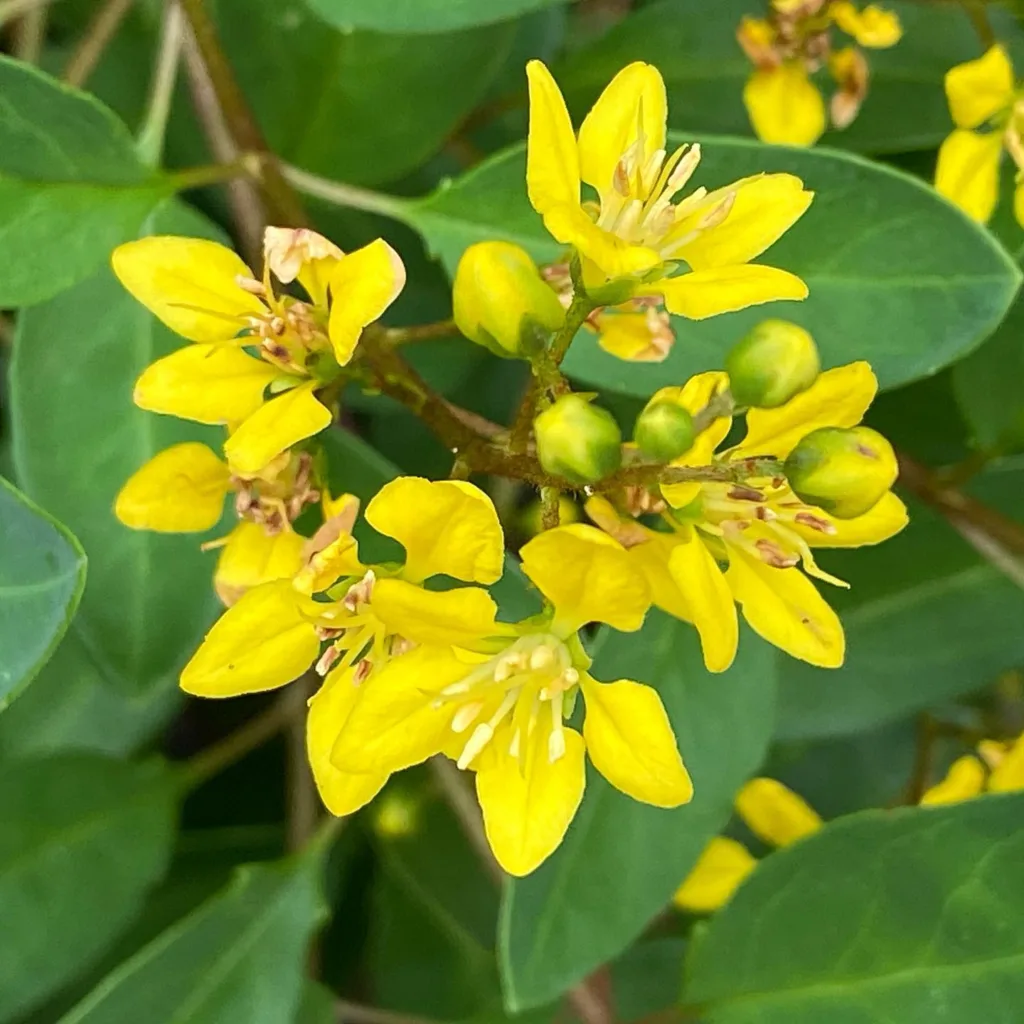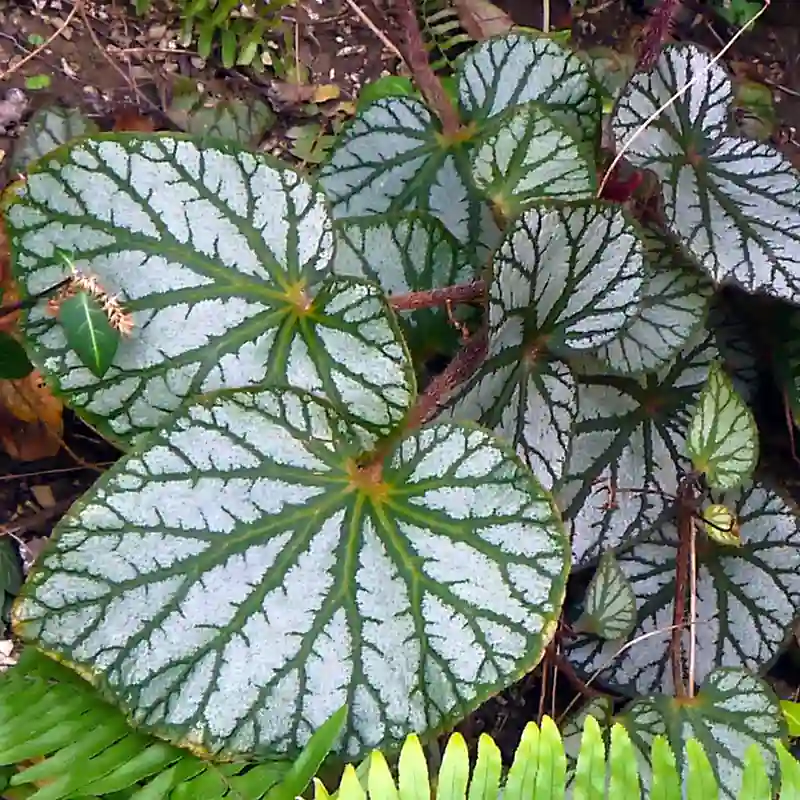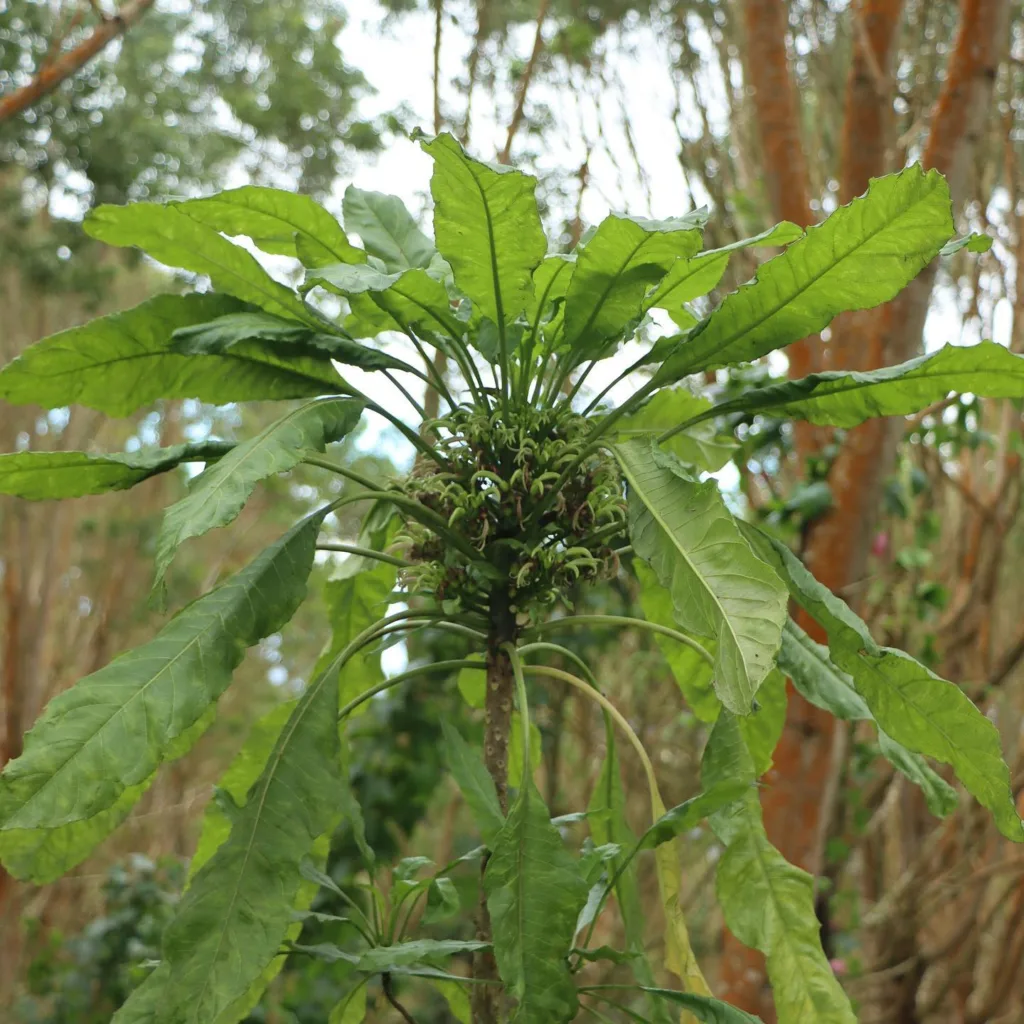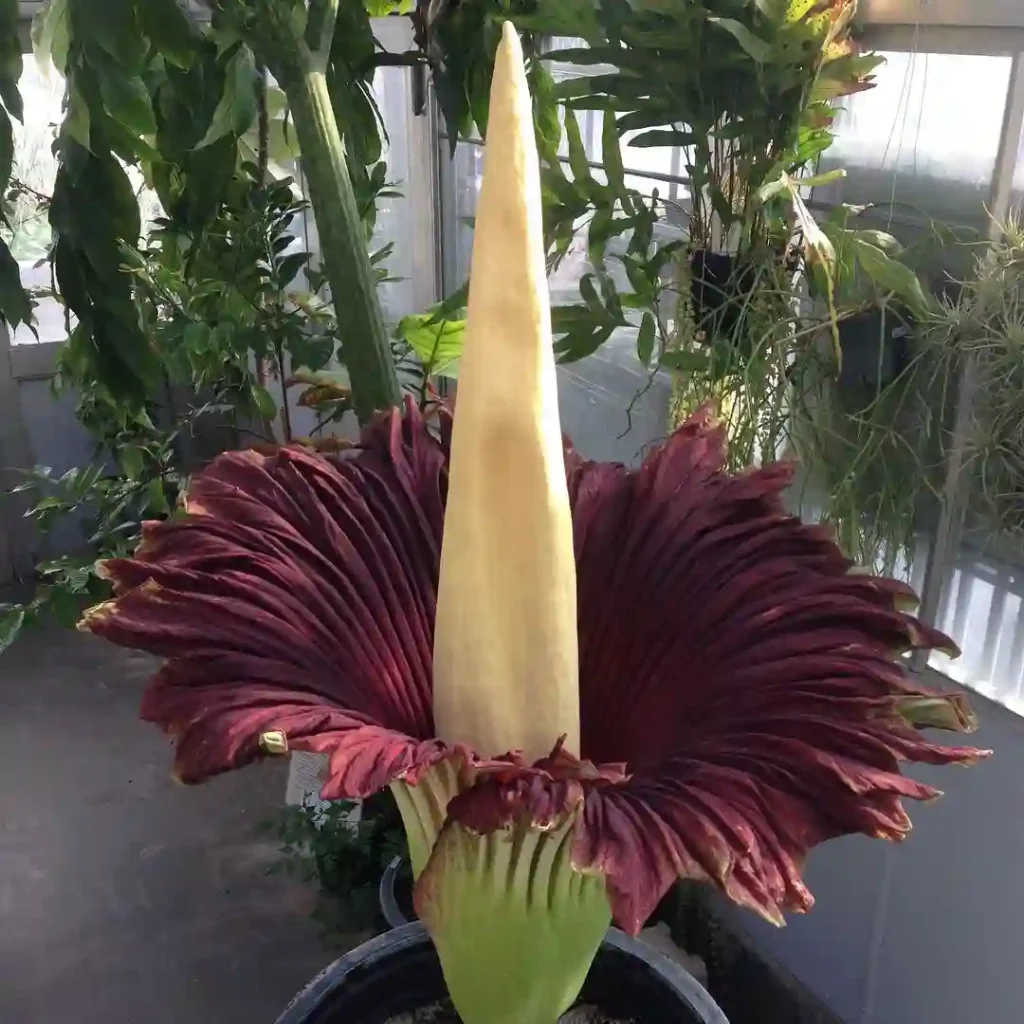Hosta Hadspen Blue: FAQs From a Gardener’s Perspective
For those seeking a shade-loving stunner, look no further than the Hosta Hadspen Blue. This captivating cultivar boasts a mesmerizing combination of rich blue foliage and dependable growth. But before welcoming it into your garden, here are some frequently asked questions I, Ferb Vu, can answer from my own experience:
31 Species in Genus Hosta
What Makes Hosta Hadspen Blue Special?
The Hadspen Blue truly shines with its captivating foliage. Unlike some hostas whose color fades throughout the season, this cultivar maintains its vibrant, powdery blue hue throughout. The leaves themselves are thick and textured, offering a delightful tactile sensation. They form a graceful mound, reaching a mature height of 14 inches and spreading up to 24 inches wide.
How Much Sun Does Hosta Hadspen Blue Need?
Unlike some flowering plants that crave sunshine, Hosta Hadspen Blue thrives in shade. Morning sun is acceptable, and might even enhance the leaf color. However, scorching afternoon sun is detrimental, potentially scorching the leaves. Aim for filtered or dappled sunlight for optimal growth.
What Kind of Soil Does Hosta Hadspen Blue Prefer?
Moist, well-drained soil rich in organic matter is ideal for Hosta Hadspen Blue. Think of a forest floor – that’s the kind of environment it mimics best. Avoid soggy soil, as this can lead to root rot.
How Often Should I Water Hosta Hadspen Blue?
Regular watering is crucial, especially during the first year after planting and during hot, dry spells. Established plants can tolerate some drought, but it’s best to maintain consistent moisture for optimal growth. A good rule of thumb is to water deeply when the top inch of soil feels dry.
Does Hosta Hadspen Blue Have Flowers?
Yes, Hosta Hadspen Blue produces pale lavender flowers in midsummer. While not as showy as the foliage, they add a delicate touch and attract pollinators like bees and butterflies.
How Fast Does Hosta Hadspen Blue Grow?
This is a moderately fast-growing hosta, forming a mature clump within a few years.
Is Hosta Hadspen Blue Deer Resistant?
Unfortunately, no. Hosta Hadspen Blue, like most hostas, is a deer delicacy. If deer are a problem in your area, consider planting deterrents or placing protective fencing around your hostas.
How Do I Care for Hosta Hadspen Blue in Winter?
The good news is that Hosta Hadspen Blue is a cold-hardy perennial. Once established, it can withstand freezing temperatures. Simply allow the foliage to die back naturally in fall. You can then cut back the dead leaves in late winter or early spring before new growth emerges.
How Do I Propagate Hosta Hadspen Blue?
The most common method for propagating Hosta Hadspen Blue is by division. In early spring or fall, carefully dig up the mature clump and use a sharp knife to divide it into several sections, each with an eye or bud. Replant the divisions in well-prepared soil and water them regularly.
What Diseases or Pests Does Hosta Hadspen Blue Attract?
While generally low-maintenance, Hosta Hadspen Blue can be susceptible to slugs and snails that munch on the leaves. You can use organic controls like beer traps or handpicking to manage these pests.
Can I Plant Hosta Hadspen Blue in a Container?
Absolutely! Hosta Hadspen Blue adapts well to container life. Choose a pot with drainage holes and use a good quality potting mix. Ensure the container is large enough to accommodate the mature size of the plant.
What Plants Pair Well with Hosta Hadspen Blue?
Hosta Hadspen Blue thrives in shade gardens and complements a variety of shade-loving companions. Here are a few ideas:
- Ferns: Their delicate textures create a beautiful contrast with the bold foliage of the hosta.
- Heucheras (Coral Bells): Their colorful foliage adds pops of color and interest to the shade garden.
- Astilbes: Their feathery plumes of flowers provide a lovely counterpoint to the hosta’s horizontal form.
- Caladiums: Their vibrantly colored leaves add a touch of the tropics to the shade.
Hosta Hadspen Blue vs. Other Popular Hosta Varieties
Gardeners often compare Hosta Hadspen Blue to other popular blue hostas. Here’s a breakdown to help you decide which might be the perfect fit for your garden:
- Hosta Blue Angel: This is another excellent choice for blue foliage. It boasts a similar vibrant blue color but with a glossier sheen. However, ‘Blue Angel’ is slightly larger than Hadspen Blue, reaching up to 18 inches tall, and might require more space.
- Hosta June: This variety offers a unique twist on blue hostas. Its leaves have a blue-green center that transitions to a creamy yellow margin. It’s a slower grower than Hadspen Blue, maturing at a more petite size of 10 inches tall.
- Hosta Elegans: This classic hosta features blue-green, rippled foliage. It’s a vigorous grower, reaching up to 24 inches tall, and might be better suited for larger shade gardens. Unlike Hadspen Blue, ‘Sieboldiana Elegans’ tolerates full shade better.
Beyond Blue: If you’re open to exploring hostas beyond the blue spectrum, here are two interesting options:
- Hosta Gold Standard: This vibrant hosta features bright yellow, heart-shaped leaves. It thrives in part shade and adds a cheerful pop of color to the shade garden.
- Hosta Francee: This variegated hosta boasts a creamy white center margined with dark green. It’s a slower grower than Hadspen Blue and prefers consistent moisture.
Ultimately, the best hosta for you depends on your personal preference, available space, and sunlight conditions. But with its captivating blue foliage, ease of care, and moderate growth rate, Hosta Hadspen Blue remains a top contender for creating a stunning shade haven in your garden.
If i die, water my plants!



